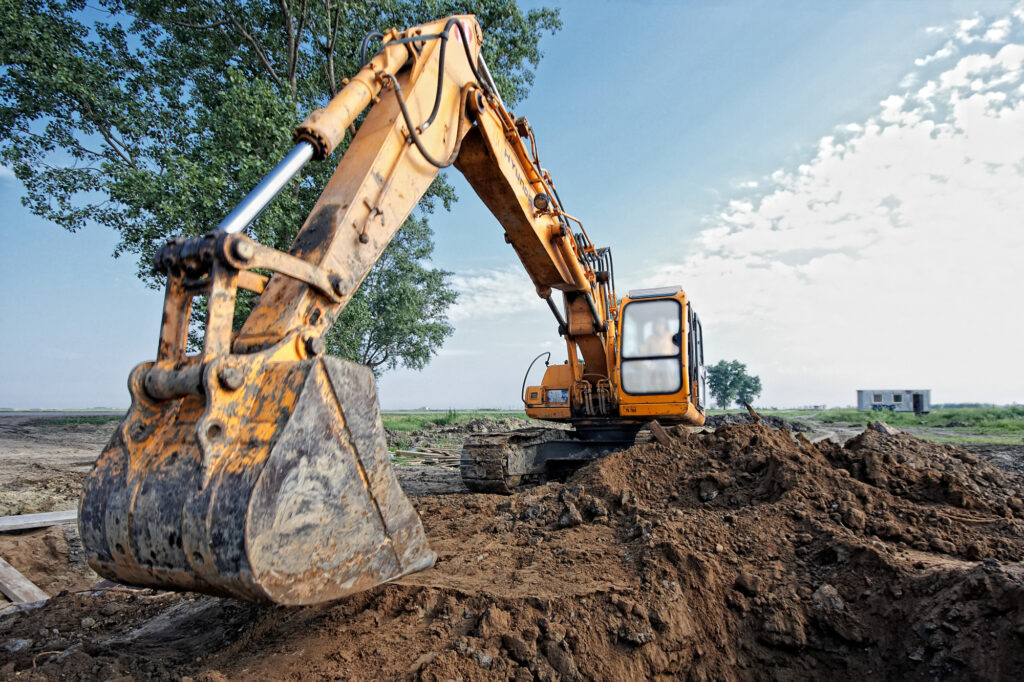Importance, Techniques, and Best Practices
Excavation is a fundamental step in any construction project, forming the foundation for buildings, roads, and infrastructure. Whether for residential, commercial, or industrial projects, excavation ensures stability, drainage, and proper site preparation.
In this article, we’ll explore the importance of excavation, various techniques used, and best practices to ensure a safe and efficient process.
Importance of Excavation in Construction
- Foundation Preparation: A strong foundation is key to a building’s stability. Excavation ensures the soil is suitable and compact for construction.
- Site Grading and Leveling: Uneven terrain can cause structural issues. Excavation helps level the ground for proper construction.
- Drainage and Water Management: Proper excavation prevents water accumulation and ensures efficient drainage.
- Utility Installation: Underground utilities such as water pipes, gas lines, and electrical cables require precise excavation for safe installation.
- Landscaping and Road Construction: Excavation is essential for shaping landscapes, building retaining walls, and constructing roads.
Common Excavation Techniques
Trench Excavation
Used for laying pipelines, cables, and drainage systems. It involves digging narrow trenches to the required depth.
Cut and Fill Excavation
Also known as stripping excavation, this method removes large volumes of soil and rock to level a construction site.
Basement Excavation
For buildings with basements, deep excavation is required to create space for underground structures.
Channel Excavation
Used for creating waterways, canals, and drainage channels to control water flow.
Borrow Excavation
This method involves digging soil from one location to use as fill material in another construction site.
Rock Excavation
Involves breaking and removing solid rock formations using drilling, blasting, or hydraulic breakers.
Best Practices for Safe and Efficient Excavation
- Conduct a Site Assessment Before starting excavation, soil conditions, underground utilities, and environmental factors must be analyzed to prevent hazards.
- Secure the Site To protect workers and pedestrians, excavation sites should be fenced off, and warning signs should be displayed.
- Use Proper Equipment Selecting the right equipment, such as excavators, bulldozers, and trenchers, enhances efficiency and safety.
- Monitor Soil Stability Unstable soil can cause cave-ins and accidents. Engineers should assess soil conditions and use support systems when needed.
- Water Management Proper drainage prevents water from accumulating in the excavation area, reducing the risk of soil erosion and structural failure.
- Comply with Safety Regulations Excavation projects must adhere to safety regulations and environmental guidelines to prevent legal and operational issues.

Equipment Used in Excavation
Conclusion
Excavation is a crucial step in construction that requires precision, planning, and expertise. Whether preparing a site for a new building, installing underground utilities, or shaping landscapes, proper excavation ensures the success and longevity of a project.
At Hippo Excavation, we provide expert excavation services in Toronto and surrounding areas. With years of experience and state-of-the-art equipment, we guarantee safe and efficient excavation for all types of projects.
📞 Call us today: (416) 876 8970
🌐 Visit our website: hippoexcavation.ca